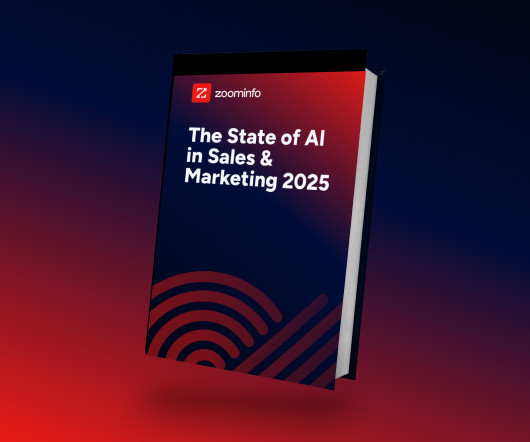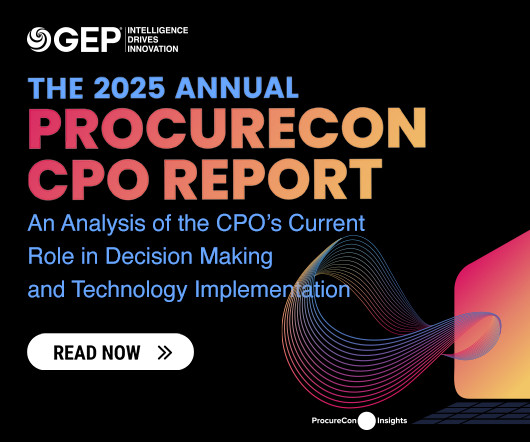Triggering results with better supplier information
ivalua
AUGUST 26, 2015
In my last blog post , I talked about how the need for better supplier information was a dominant theme across the automotive industry, as well as for many other discrete manufacturers. The impact suppliers have on the products you make and sell, good and bad, is just too significant to be ignored. That post also detailed the fact that there are many potholes along the road to better supplier information.





























Let's personalize your content